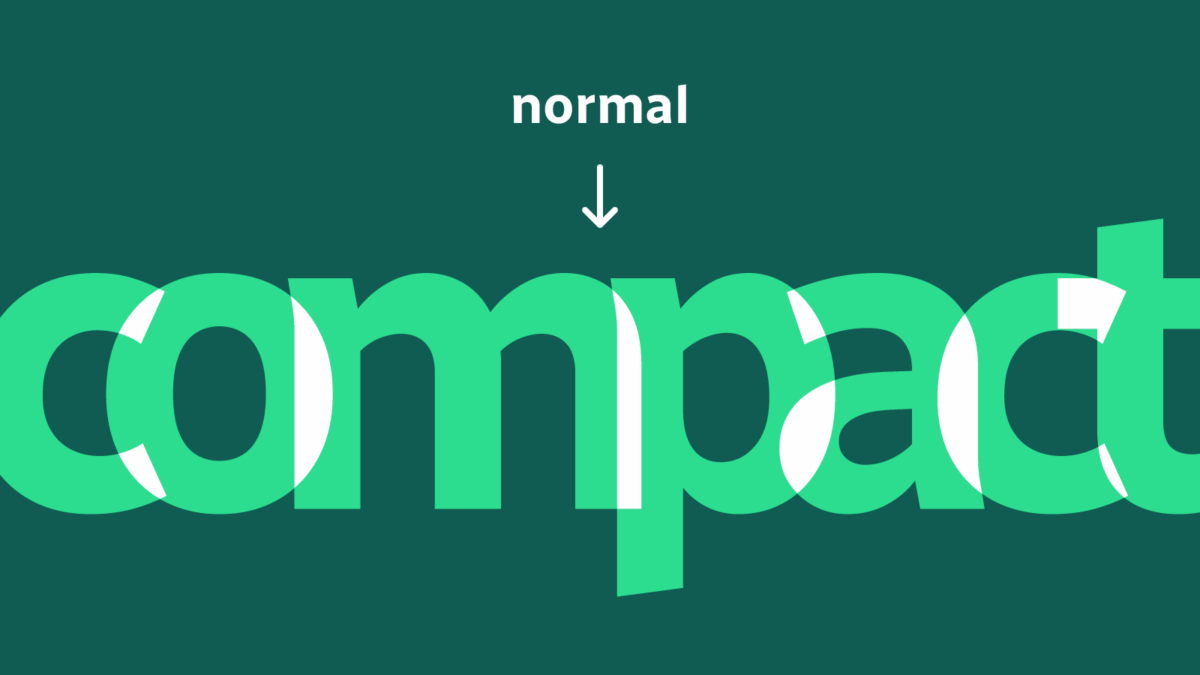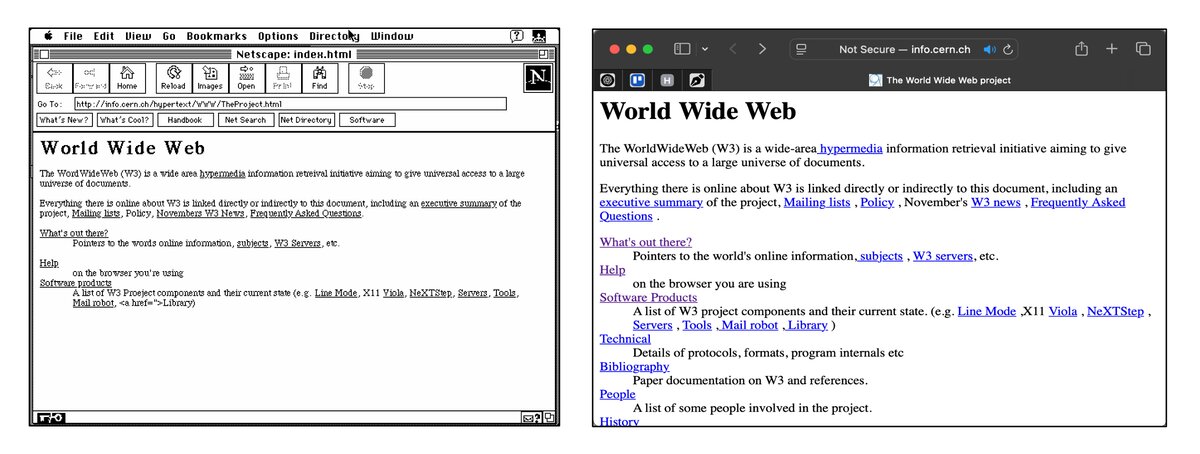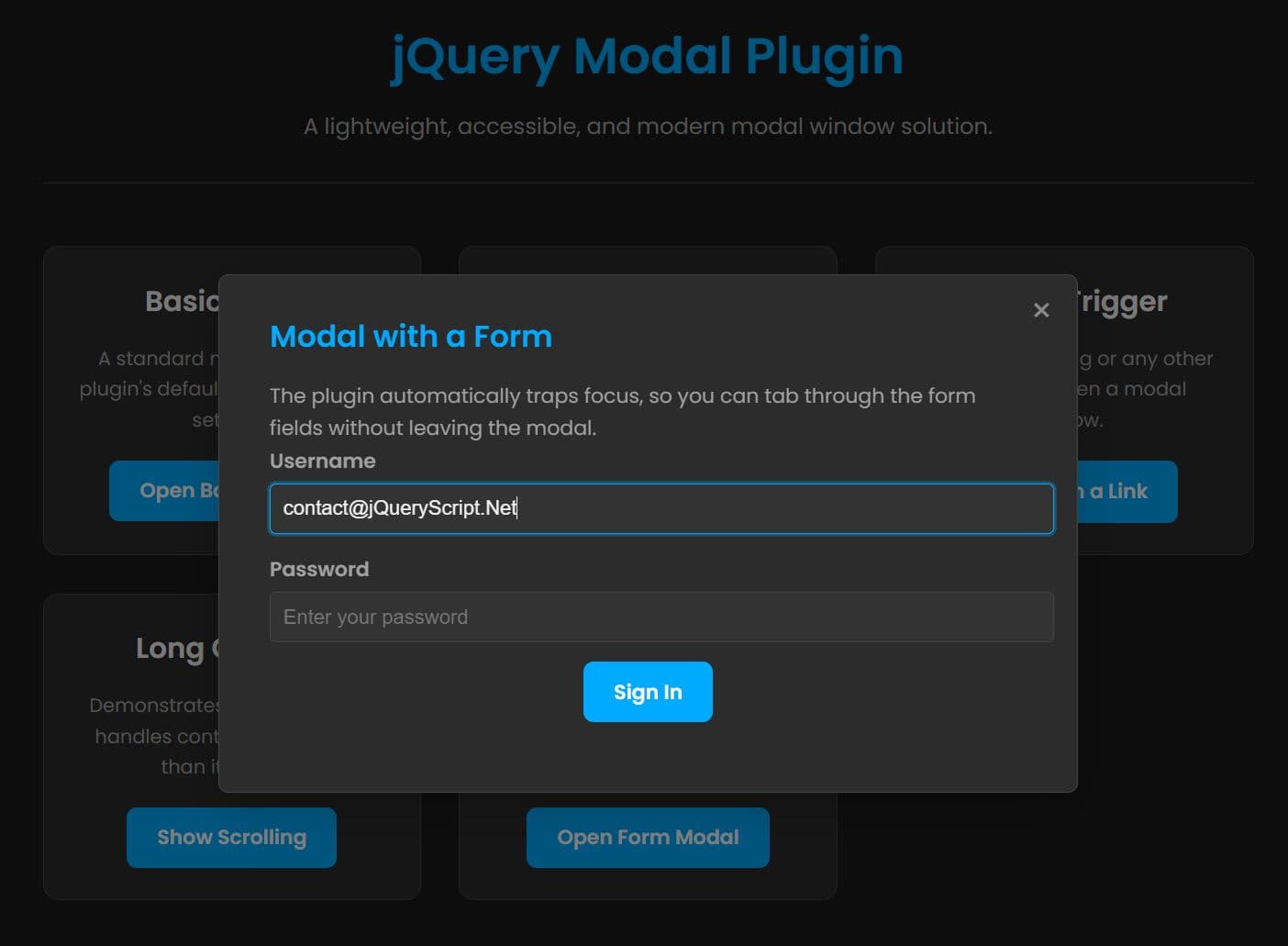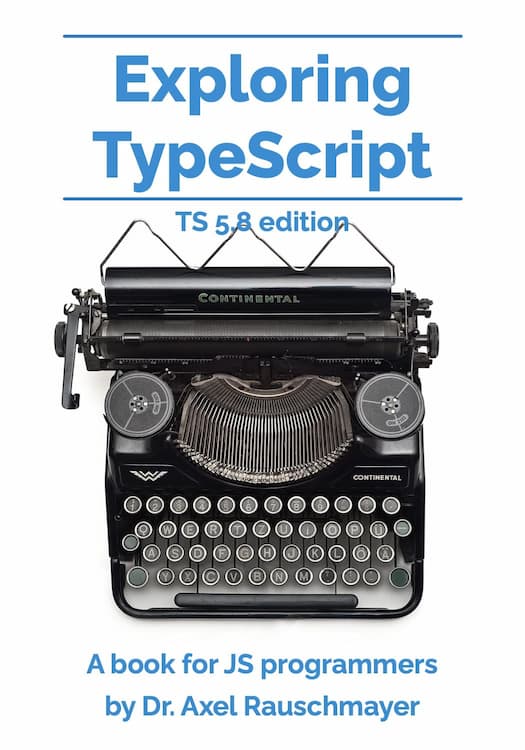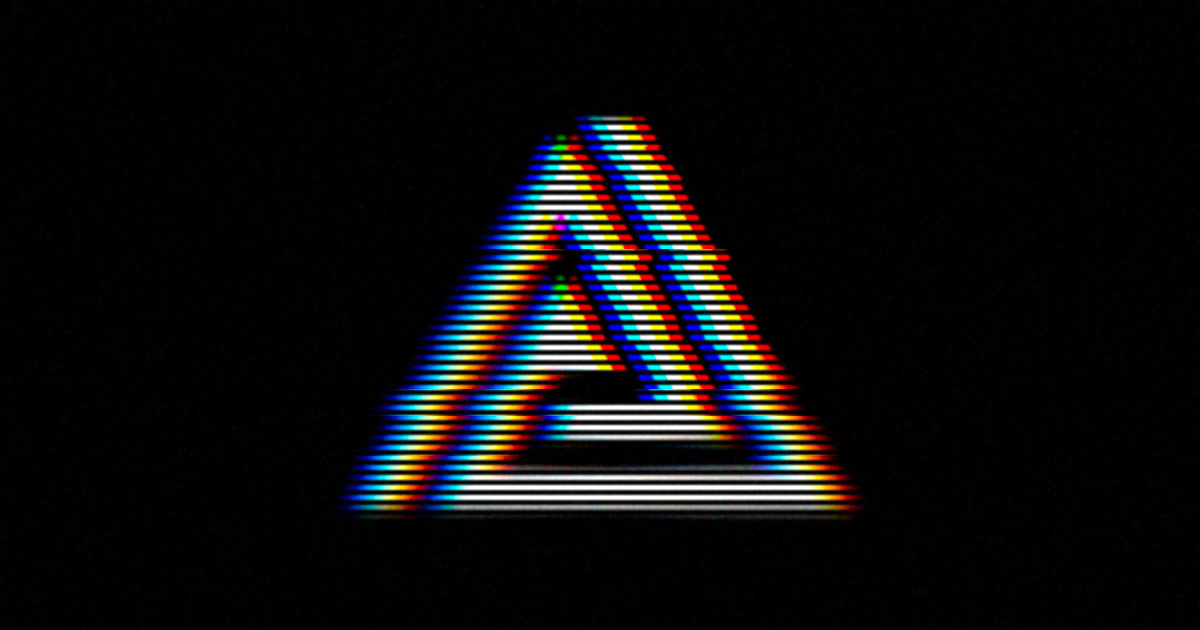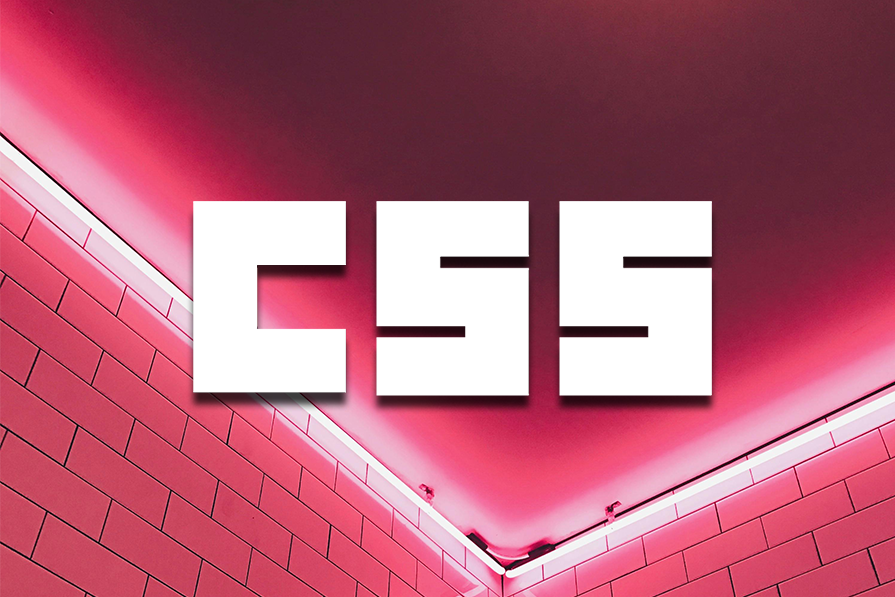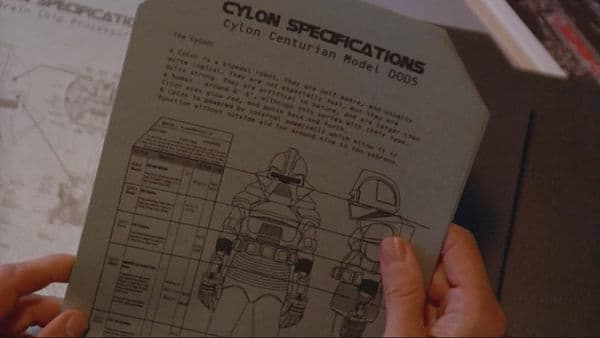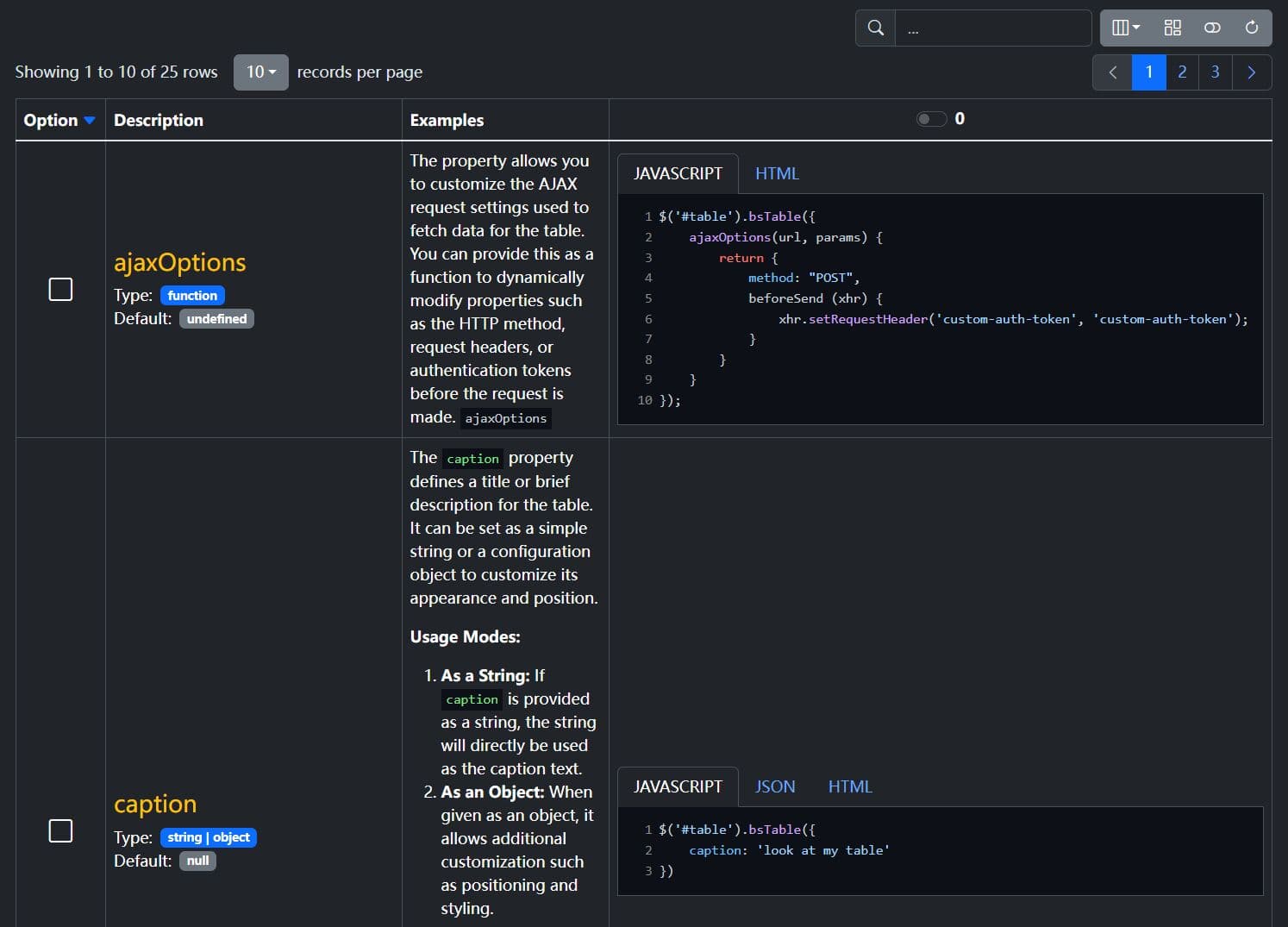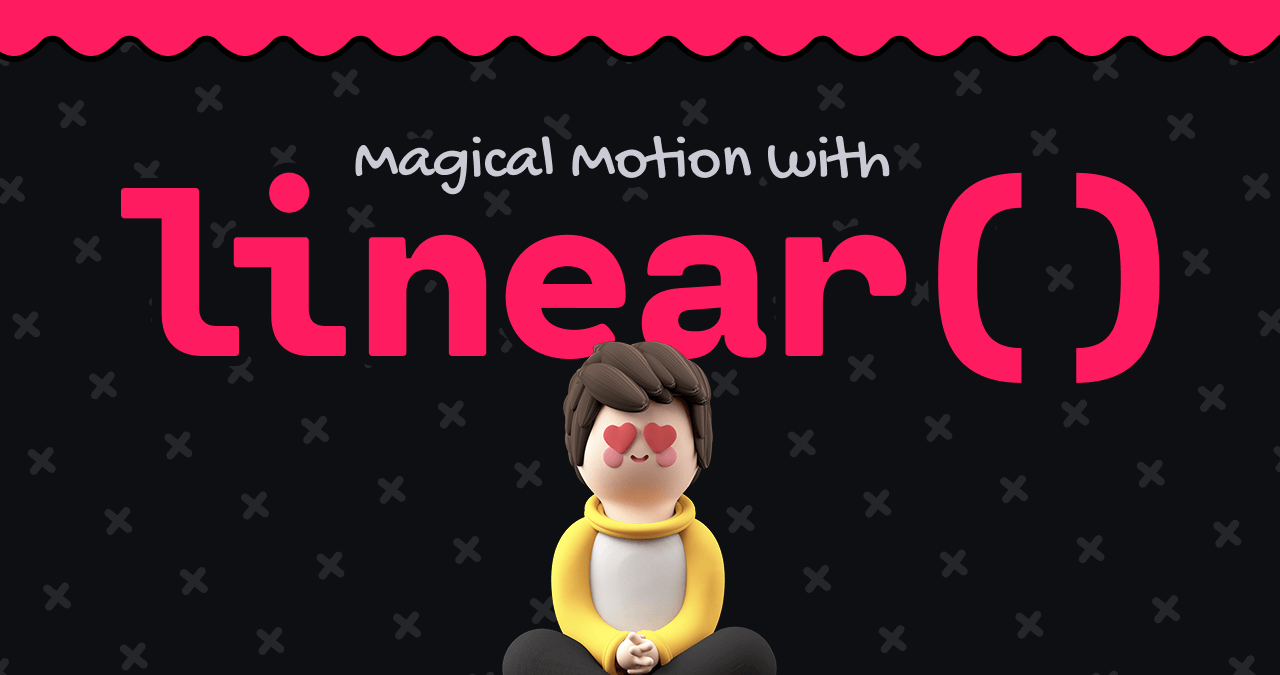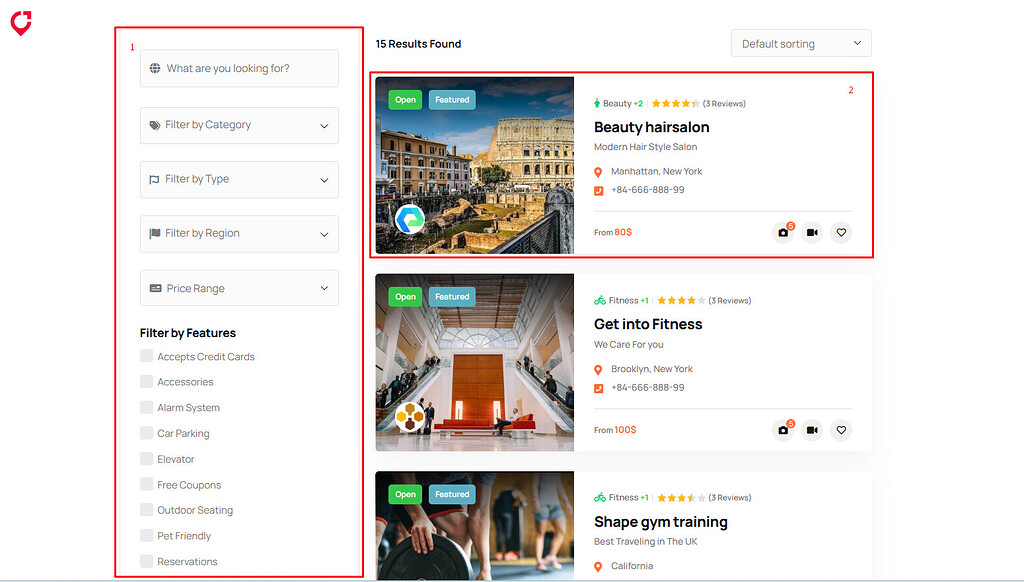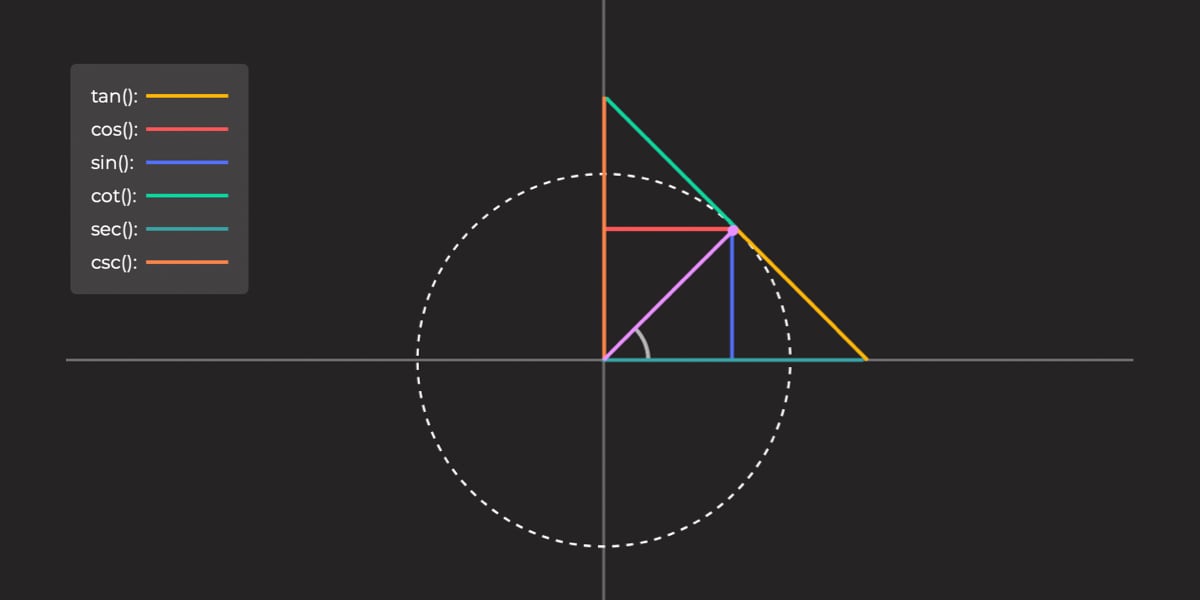fromSitePoint Forums | Web Development & Design Community
3 weeks agoCustom CSS code to change Tooltip B/G
Can someone pls share a custom css code to change the tooltip B/G color from blue to orange (#ff6e3d) ? The tooltip is found on the listing card module on 2 pages namely: (1) Home Page & (2) Listing page. Home Page > Card Module > Tooltip screenshot Home page link Listing page > Card Module > Tooltip screenshot Listing page link There are 3x tooltips on the card module ie Detail Video, Gallery & Preview. The custom code code should apply to the 3x tooltip on the 2x pages. Thanks in Advance.


